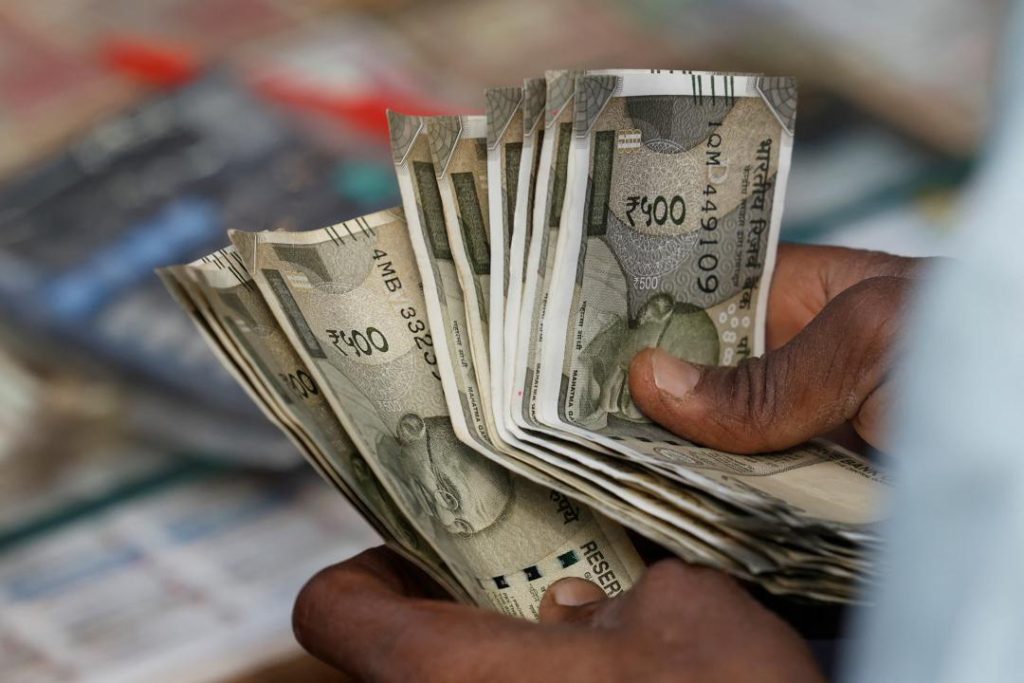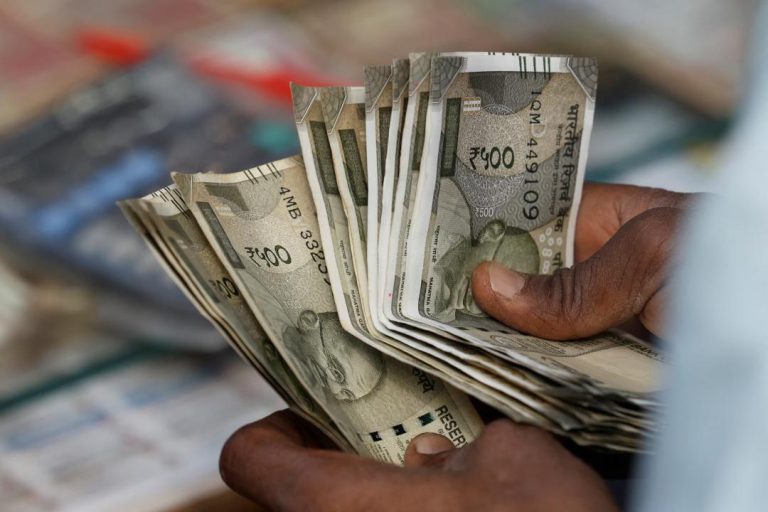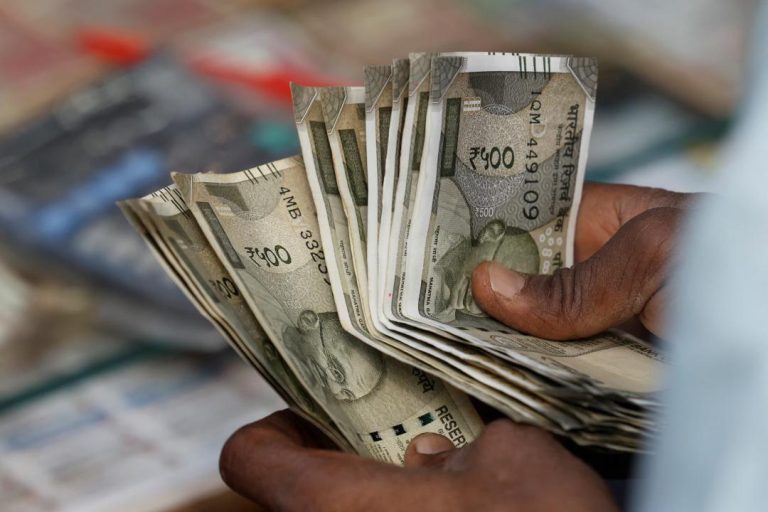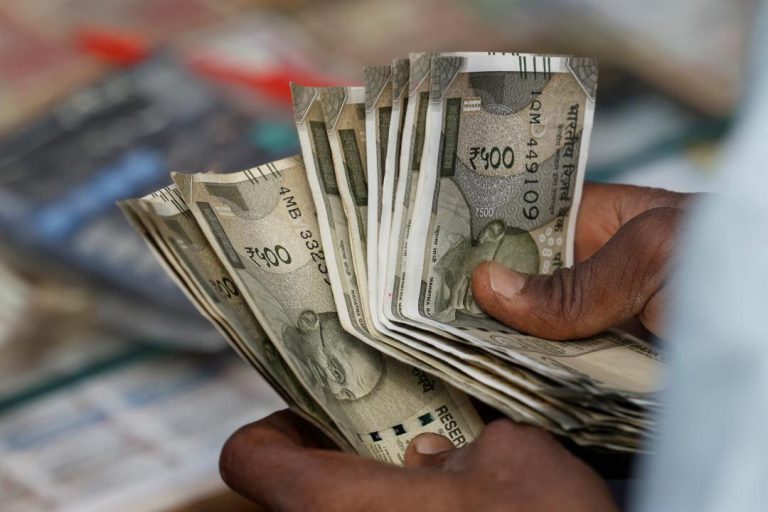
What Got Cheaper & Costlier in March as CPI Falls to 67-Month-Low of 3.34%?
As the country navigates through the pandemic-induced economic slump, a glimmer of hope has emerged in the form of a 67-month-low retail inflation rate. According to the latest data released by the Ministry of Statistics and Programme Implementation, India’s retail inflation rate fell to 3.34% in March, a significant decline from the previous month’s 5.91%. This drop in inflation rate is a welcome respite for consumers, who have been grappling with rising prices of essential commodities.
So, what got cheaper and costlier in March? Let’s take a closer look at the price movements of various commodities.
Prices of eggs, vegetables, and pulses saw a considerable decline in March, providing relief to consumers who had been struggling with the rising prices of these essential items. The prices of eggs, which had been steadily rising over the past few months, fell by 7.2% in March, while the prices of vegetables and pulses declined by 4.4% and 3.3%, respectively. This decline in prices is attributed to improved availability and better supply chain management, which has helped to reduce the pressure on prices.
Spices, meat, fish, housing, recreation, and amusement saw prices drop marginally in March. The prices of spices, which had been rising steadily over the past few months, fell by 0.1% in March, while the prices of meat, fish, and housing declined by 0.2%, 0.3%, and 0.1%, respectively. The prices of recreation and amusement, which had been rising due to increased demand, fell by 0.1% in March.
However, the prices of fruit saw a sizeable jump in March, rising by 6.1%. This increase is attributed to the factors such as supply chain disruptions, transportation costs, and weather-related issues. The prices of cereals, milk, oil, sugar, confectionery, clothing, snacks, sweets, pan, tobacco, footwear, fuel, health, and education saw marginal rises in March.
The decline in retail inflation rate is a welcome respite for consumers, who have been struggling with rising prices of essential commodities. The fall in prices of eggs, vegetables, and pulses is particularly significant, as these commodities are staples in many Indian households. The decline in prices of spices, meat, fish, and housing is also a positive development, as these commodities are essential for daily living.
The decline in retail inflation rate is also a positive sign for the economy, as it suggests that the country’s economic growth is on the right track. The fall in inflation rate is attributed to a combination of factors, including the government’s measures to improve the supply chain, the decline in global crude oil prices, and the reduction in food inflation.
The government’s measures to improve the supply chain have been instrumental in reducing the pressure on prices. The government has taken several steps to improve the supply chain, including the launching of new logistics infrastructure, the improvement of agricultural infrastructure, and the creation of a new e-portal for farmers to sell their produce. These measures have helped to reduce the pressure on prices and ensure that essential commodities are available to consumers in a timely and efficient manner.
The decline in global crude oil prices has also been a significant factor in reducing the pressure on prices. The global crude oil prices have been declining steadily over the past few months, which has helped to reduce the cost of production and transportation. This decline in global crude oil prices has been a welcome respite for the Indian economy, as it has helped to reduce the country’s import bill and improve its balance of payments.
The reduction in food inflation has also been a significant factor in reducing the pressure on prices. The food inflation rate, which had been rising steadily over the past few months, declined significantly in March. This decline in food inflation is attributed to the government’s measures to improve agricultural infrastructure, the decline in global food prices, and the improvement in weather conditions.
In conclusion, the decline in retail inflation rate in March is a welcome respite for consumers, who have been struggling with rising prices of essential commodities. The fall in prices of eggs, vegetables, and pulses is particularly significant, as these commodities are staples in many Indian households. The decline in retail inflation rate is also a positive sign for the economy, as it suggests that the country’s economic growth is on the right track. The government’s measures to improve the supply chain, the decline in global crude oil prices, and the reduction in food inflation have all contributed to the decline in retail inflation rate.
Source:






